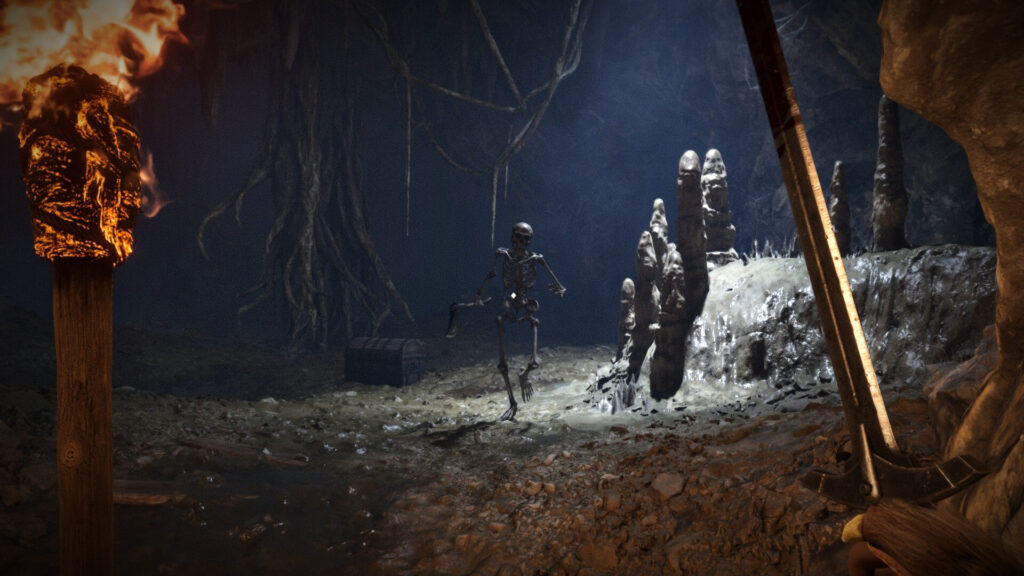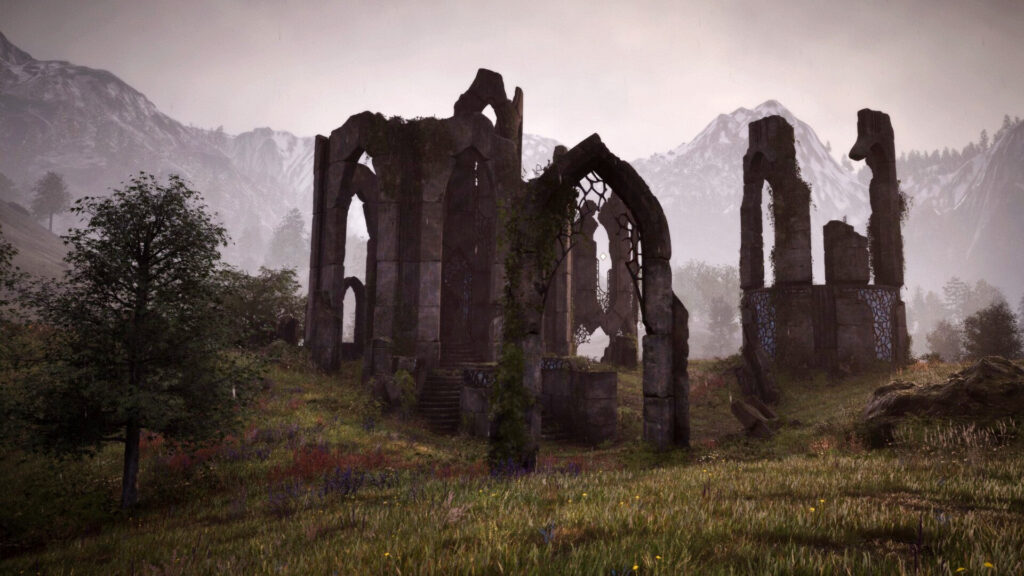In a phenomenal turn of events, we now have a genuine remake/remaster of the legendary Elder Scrolls 4: Oblivion! If you're out of the loop and need a quick primer, we recommend reading up on our short fact sheet right here at the 2Game Community Hub. It'll give you a solid if fairly broad idea of what to expect out of Oblivion Remastered.
With that being said, the massive elephant in the room with this game is its performance. Oblivion Remastered is an interesting case because this is still very much the old 2006 original running in parallel with a modern Unreal Engine 5 render engine. In practice, this means the game is not low-spec friendly. In fact, even though Oblivion Remastered is Steam Deck Verified, we don't recommend playing it on the Deck as it currently stands.
This alone paints a picture of what to expect out of TES 4: Oblivion Remastered's performance, but we've got more details, findings, and recommendations to share. So, let's get to it!

Oblivion Remastered doesn't run great if you max it out
Here are the hard facts based on our testing on a variety of gaming machines: The Elder Scrolls 4: Oblivion Remastered doesn't run well if you max it out and enable all the top-end bells and whistles. Our testing has been conducted on the following machines:
- i9-10850K / RTX 4070, 32 GB RAM desktop PC
- Ryzen 5 7600X / RTX 4070 Ti Super, 32 GB RAM desktop PC
- Ryzen 7 7800X3D / Radeon RX 7600XT, 32 GB RAM desktop PC
- i5-9300H / RTX 2060, 16 GB RAM laptop
- Steam Deck
- Steam Deck OLED
All of the listed machines except for the Steam Decks were able to maintain a reasonable level of gameplay quality at reasonable settings, though it's important to remember that we were still GPU limited no matter what we did. If you intend to crank things up to Ultra without frame-gen enabled at a high enough resolution, do not expect high FPS. Instead, our recommendation is to either reduce settings down to Medium/High for 120 FPS performance - more on that below - or to target a more reasonable 40 to 60 FPS performance envelope.
Alternatively, if stability isn't a huge concern, you may well be okay with sub-60 FPS in Cyrodill proper, while your frame-rate reaches 100-120 FPS in regular indoor areas.
Is Oblivion Remastered a good Steam Deck game?
As it currently stands, we do not recommend playing Oblivion Remastered on the Steam Deck. Specifically, though you'll get reasonable gameplay quality (i.e. the relative ratio between image quality, graphics settings, and performance) in the majority of indoor sequences, the open-world is effectively unplayable at this time. 15-20 FPS is not an optimal level of gameplay quality for a game of this caliber, and so we recommend either waiting for future patches, or for third-party performance mods. More on those as they release!

Optimized Oblivion Remastered PC Settings
Now, time for the nitty-gritty. Here's how to get the best possible ratio of performance to graphics on virtually any machine in Oblivion Remastered:
- Window Mode: whichever option suits you best, Borderless recommended
- Display Resolution: native
- Resolution Scale: default
- V-Sync: disabled
- Frame Rate: uncapped
- Motion Blur: Off
- Screen Space Reflections: On
- Quality Level: Custom
- View Distance Quality: High
- Effects Quality: High
- Foliage Quality: High
- Shadow Quality: Medium
- Global Illumination Quality: High
- Texture Quality: Ultra @ 12+ GB VRAM / High @ 8 GB VRAM / Low-Medium @ <8 GB VRAM
- Reflection Quality: Medium
- Hair Quality: High
- Cloth Quality: High
- Lumen Hardware RT: Off
- Lumen Software RT: Low
- Upscaling Technique: Nvidia DLSS optimal, choose AMD FSR if not on Nvidia GPU
- DLSS/FSR Mode: Quality
- Frame Generation: Off
- Nvidia Reflex: On
A big caveat to keep in mind here is that GPUs with more ray-tracing grunt than, say, the baseline RTX 4070 or RTX 3080, may wish to enable Lumen Hardware RT. In that case, make sure that you give Frame Generation a shot as well, because this option is going to massively decrease your performance no matter what. It presents a massive uplift in image quality and reactivity, as it is hardware-based ray-tracing, but it's also the biggest performance hog in Oblivion Remastered, and thus won't be a good fit for all rigs.
By following our recommended Oblivion Remastered PC settings, you're going to get the best possible day-one gaming performance, bar none. With that, we do expect performance mods and first-party optimizations to pour in over time, so don't fret if your rig just isn't up to par just yet.
Feels like coming home, warts and all.